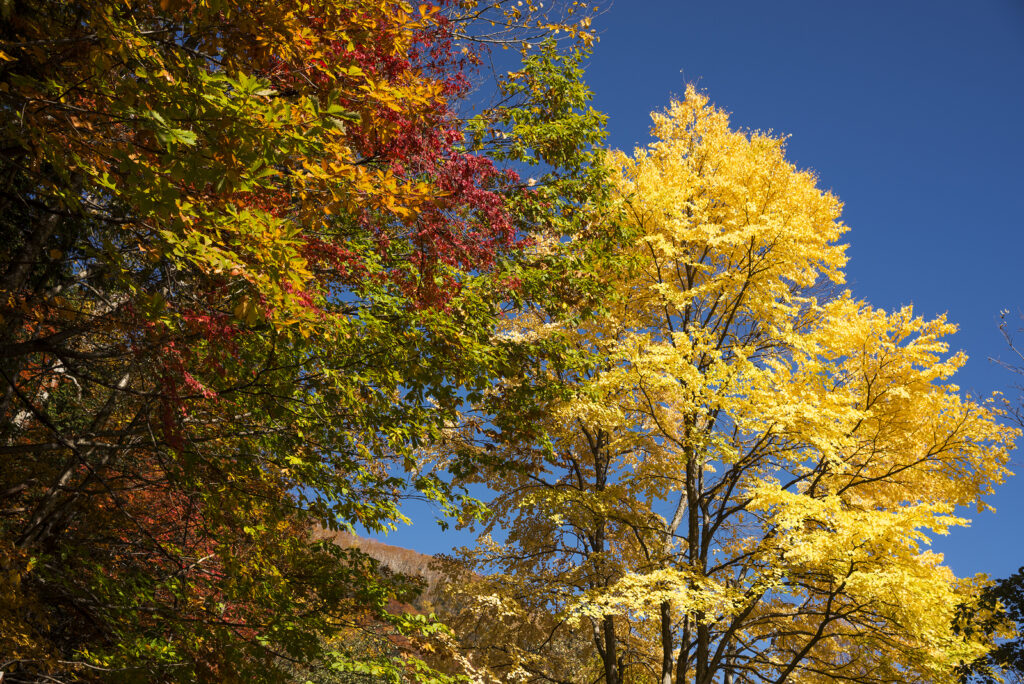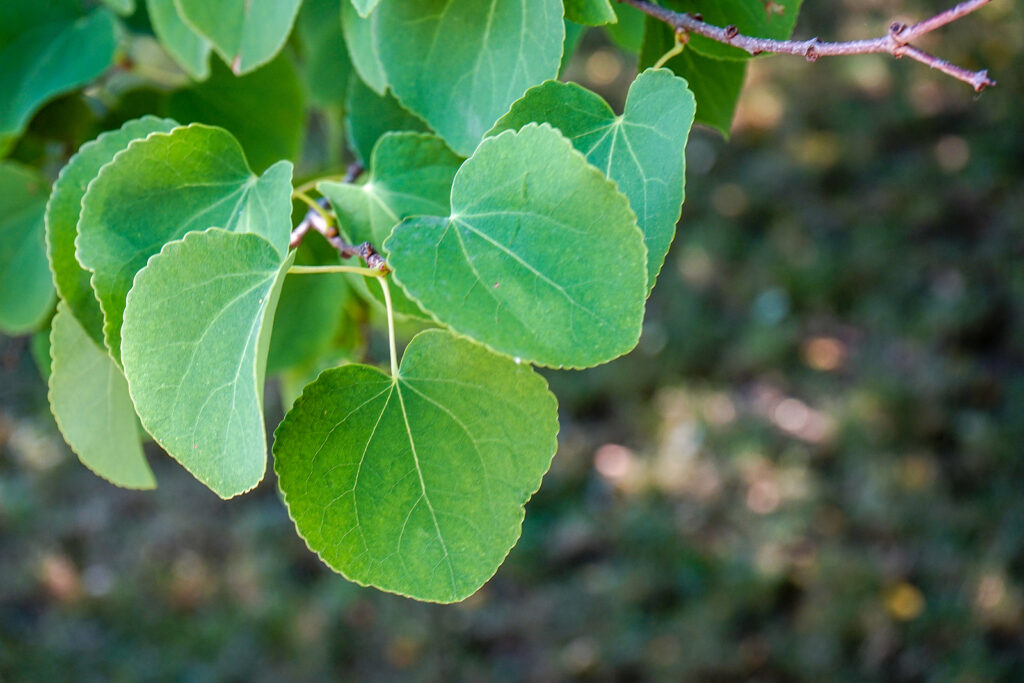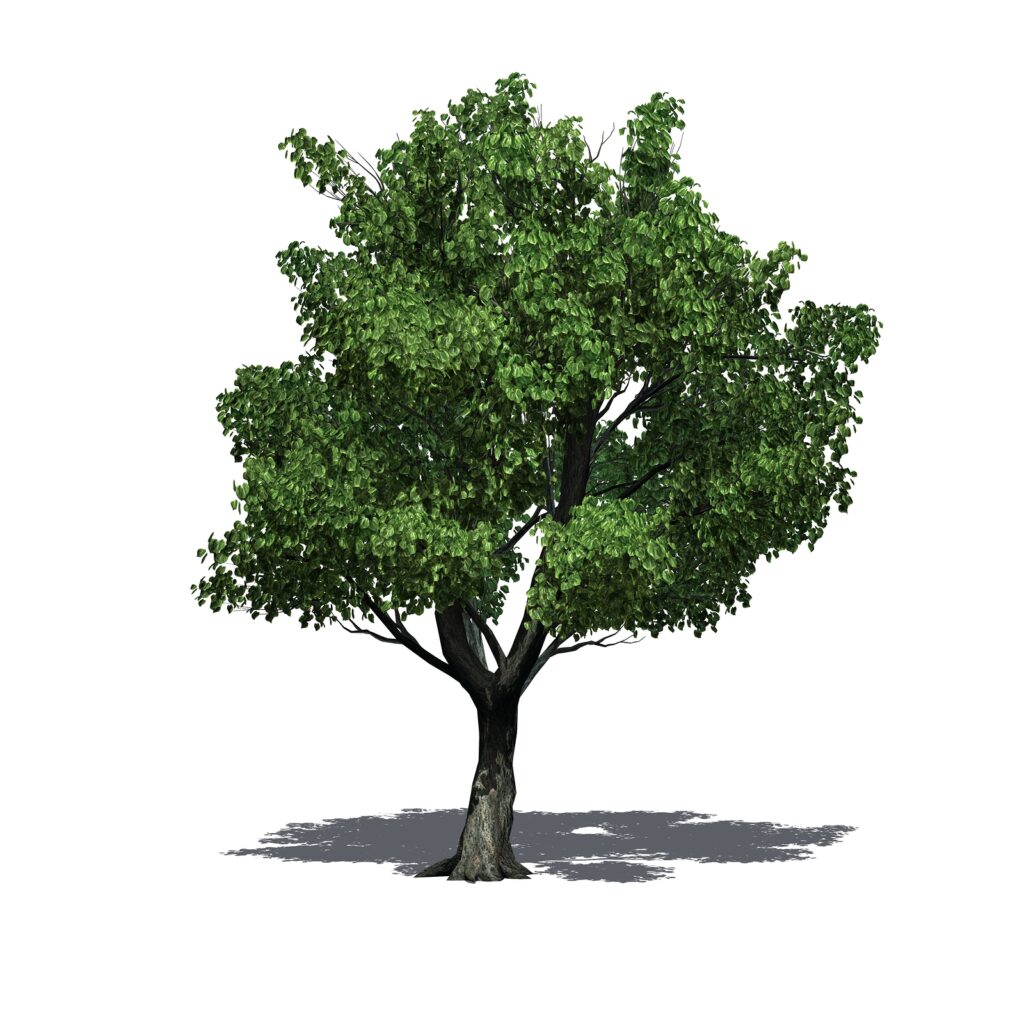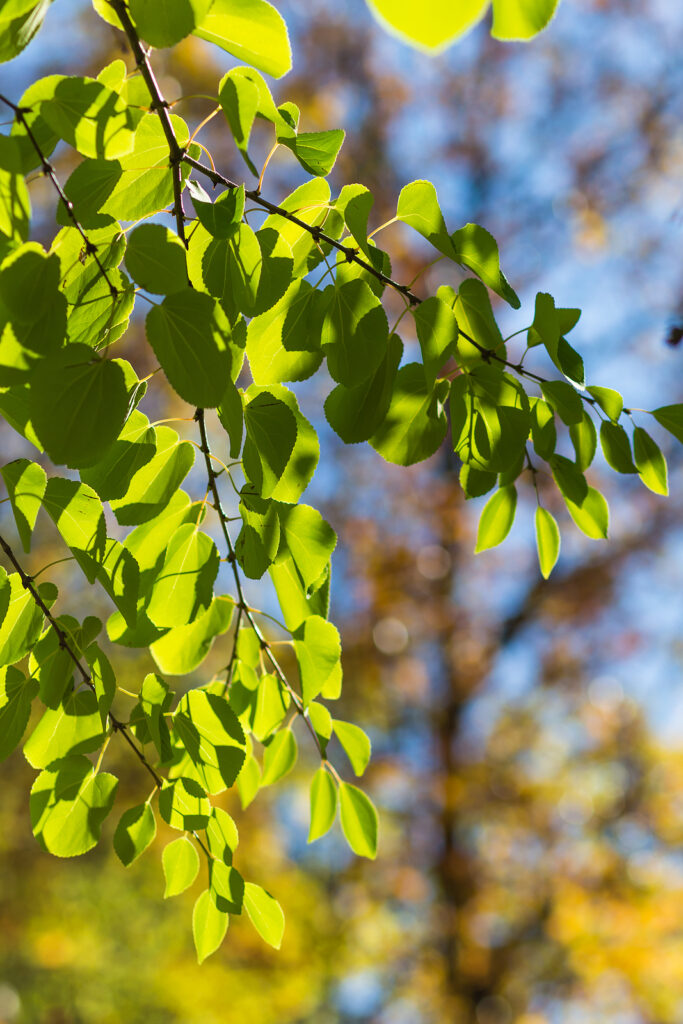Katsura tree is a colorful addition to any landscape. The leaves are reddish in spring, blue-green in summer, and red and gold in fall. The fallen leaves smell of burnt sugar or cinnamon.
Katsura is the common name for Cercidiphyllum japonicum a bush deciduous tree from Japan. It is often planted for ornament because of its distinctive rounded leaves 4 inches across with a heart-shaped base.
Its autumn color varies from yellow to scarlet. The flowers are inconspicuous.
The female Katsura is more attractive having a spreading habit while the male is columnar.
Katsura grows best in moist rich soil. It is propagated by seeds, cutting of greenwood in spring or by layers.

Get to Know Katsura Tree – Cercidiphyllum
- Plant type: Deciduous tree
- Growing Zones and range: Zones 4 to 8
- Hardiness: Cold hardy
- Height and spread: 40 to 60 feet (12-18m) tall, 20 to 30 feet (6-9m) wide
- Form: If katsura grows to a single trunk, the form will be columnar; if multiple trunks form, the result is a wide-spreading tree
- Foliage: Heart-shaped leaves; reddish color in spring, matures to blue-green hue, and turns red and gold in fall; fallen leaves smell of cinnamon
- Flowers: Small reddish flowers without petals
- Bloom time: Mid- to late spring
- Uses: Specimen, patio areas, small yards, street tree; leaves offer three-season interest
- Common name: Katsura Tree
- Botanical name: Cercidiphyllum japonicum
- Family: Cercidiphyllaceae
- Origin: Woodlands of China and Japan

Where to plant Katsura Tree
- Plant Katsura in full sun.
- Grow Katsura in humus-rich well-drained soil. Katsura will grow in alkaline and acidic soils. Acidic soil triggers the best fall color.
- Avoid planting Katsura where the wind is harsh.
When to plant Katsura Tree
- Transplant container-grown or balled-and-burlapped plants in early spring.
- Sow seed in open containers in spring.
- Take basal cuttings in late spring and semi-ripe cuttings in midsummer.

Planting and spacing Katsura Tree
- Space Katsura so trees are not crowded at maturity.
- Sow seed in containers in spring; sow seed in light potting soil.
How to water and feed Katsura Tree
- Water Katsura deeply to establish roots then water during periods of heat and drought.
- Fertilize Katsura by spreading aged compost around the tree to the dripline at least once a year.
Katsura Tree care
- Prune the tree to a single stem if several main stems emerge. Prune in late winter or early spring.
- Prune katsura only to shape when young.
- Katsura is rarely bothered by pests or diseases.
Katsura Tree common problems
- Katsura is commonly trouble-free.

Katsura Tree propagation
- Sow fresh seed as soon as available.
- Take basal cuttings in late spring and semi-ripe cuttings in midsummer.
Katsura varieties to grow
- Cercipiphyllum japonicum, Katsura tree: Pyramidal form early, rounded later; bronze when young, mid-green leaves turn yellow, orange, and red in autumn. A variety known as magnificum is smaller to 30 feet tall but with larger leaves; variety pendulum has a weeping habit.
- C. floridum is also known as Parkinsonia Florida, palo verde; Small bushy tree that is leafless most of the yar; blue-green bark and sharp spines; slightly hairy leaflets.















